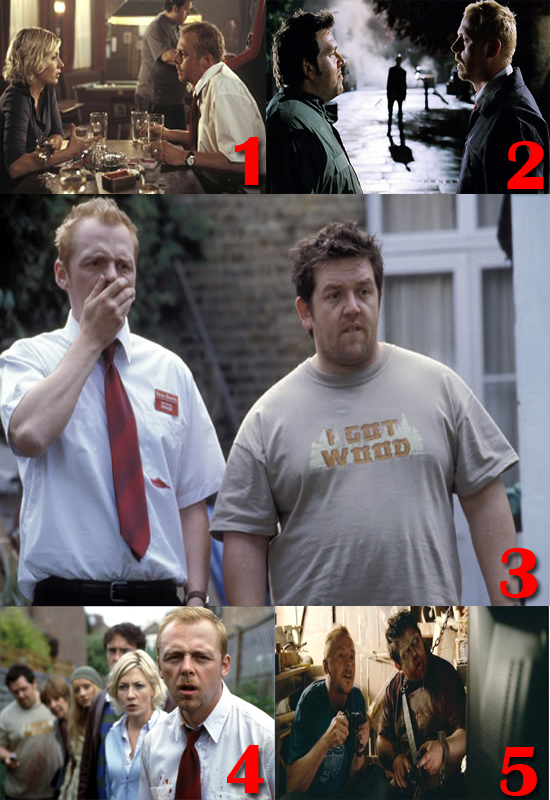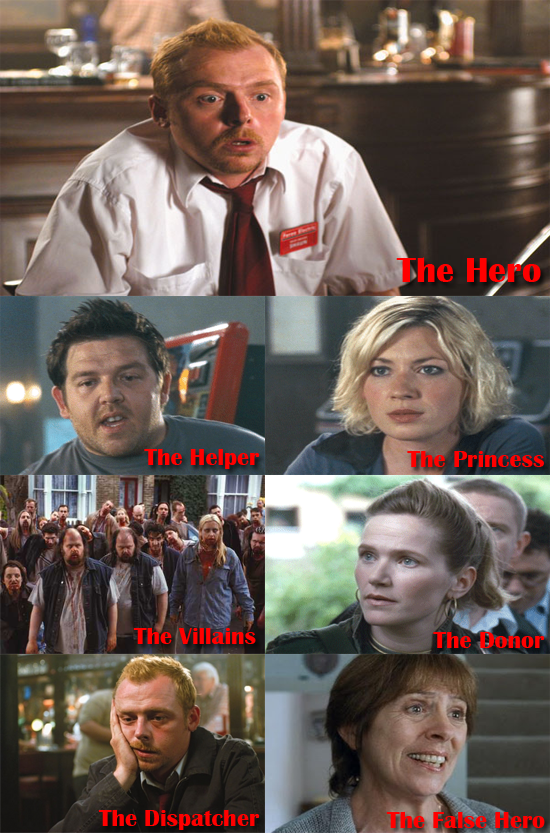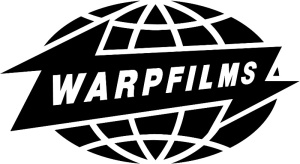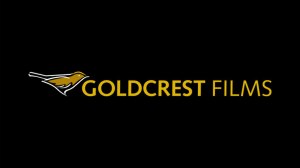In order to decide which film studio would be best for making my horror film I needed to research both major and independent film institutions and studios. Here is what I found out from researching major film institutions and studios.
With the arrival of the Golden Age there became eight prominent major movie studios, these eight Golden Age majors are:
Columbia Pictures
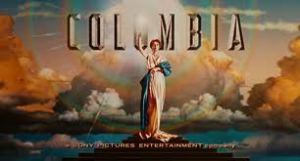
Columbia Pictures is currently situated in Culver City, California, USA and distributes films worldwide. It has been going since 1918 when it was founded by Harry and Jack Cohn and Joe Brandt. It first existed as CBC Film Sales Corporation by was renamed as Columbia Pictures on 10th January 1924. Columbia Pictures remained an independent film institution until it was bought my Sony in 1989. It is still owned by Sony to this day and has been responsible for bringing out some of the biggest movies in the world.
Films by Columbia Pictures
- Charlie’s Angels (2000)
- The Grudge (2004)
- Skyfall (2012)
Website: http://www.sonypictures.com/
20th Century Fox
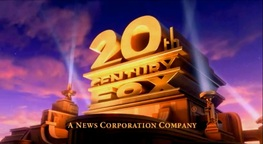
This film institution was founded in May 1935 by Joseph Schenck and Darryl F. Zanuck. Their institution includes some of the most famous film franchises such as Star Wars and X-Men. As well as movies 20th Century Fox also provide some of the most famous American television programmes including The Simpsons, Family Guy and Futurama. Up until 1985 20th Century Fox was classed as an independent film institution, however though, in 1985 20th Century Fox was bought by News Corporation. The headquarters is currently located in Fox Plaza, Century City, Los Angeles, California, USA. 20th Century Fox is also a member of the Motion Picture Association of America (MPAA).
Films by 20th Century Fox
- Ice Age (2002)
- Borat (2006)
- Avatar (2009)
Website: http://www.foxmovies.com/
Warner Bros.
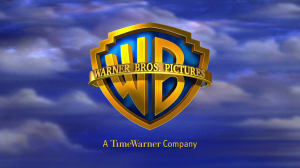
Warner Bros. was founded in 1918 as Warner Bros. Studios with Warner Bros. Pictures being founded on 4th April 1924 by Albert, Harry, Sam and Jack Warner. The headquarters for Warner Bros. is located in Burbank, California, USA and is now a subsidiary of Time Warner after being a part of many other Warner companies including Warner Communications. Warner Bros. is also a member of the MPAA.
Films By Warner Bros.
- A.I.: Artificial Intelligence (2001)
- Scooby-Doo (2002)
- I Am legend (2007)
Website: http://www.warnerbros.com/
Paramount Pictures

Paramount Pictures was founded on the 19th July 1916 by Adolph Zukor and Jesse L. Lasky. The headquarters for Paramount is currently situated in Hollywood, California, USA. Paramount is the fourth oldest existing film studio in the world, just behind Universal, Pathé and Gaumont Film Company. It is also the last major film studio with headquarters situated in the Hollywood district of Los Angeles, as well as being a member of the Motion Picture Association of America.
Films by Paramount Pictures
- Lara Croft: Tomb Raider (2001)
- School of Rock (2003)
- Charlotte’s Web (2006)
Website: http://www.paramount.com/
Universal Studios
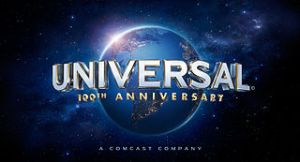
Universal Studios was founded on 30th April 1912 by eight people including Carl Laemmle, Pat Powers and Jules Brulatour. The headquarters is currently located in Universal City, California, USA, with other locations around the world including Universal Studios in Florida, Japan and Singapore. The studio itself is the oldest in America and the third oldest in the world, with the first oldest being Gaumont Films and second oldest being Pathé (previously mentioned). Like 20th Century Fox, Warner Bros. and Paramount Pictures, Universal Studios is also a member of the MPAA.
Films by Universal Studios
- Bridget Jones’s Diary (2001)
- King Kong (2005)
- Kick-ass (2010)
Website: http://www.universalstudios.com/
Metro-Goldwyn-Mayer
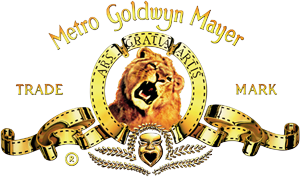
Metro-Goldwyn-Mayer, or MGM as it is frequently referred to as, was founded on 17th April 1924 by Marcus Loew. The headquarters for MGM is currently located in Beverly Hills, California, USA and produces motion pictures and television programmes. However on 3rd November 2010 MGM filed for Chapter 11 bankruptcy and did not emerge from this until 20th December 2010.
Films by MGM
- Legally Blonde (2001)
- Nanny McPhee (2006
- Igor (2008)
Website: http://www.mgm.com/
United Artists

United Artists was originally founded on 5th February 1919 by D.W. Griffith, Douglas Fairbanks, Charlie Chaplin and Mary Pickford. The current headquarters for this company now though is the MGM Tower, Century City, Los Angeles, California, USA, because in late 2011 the company became a fully owned subsidiary of MGM.
Films by United Artists
- Jeepers Creepers (2001)
- The Amityville Horror (2005)
- Valkyrie (2008)
Website: http://www.unitedartists.com/
RKO Radio Pictures

RKO Radio Pictures was founded on 23rd October 1928 by David Sarnoff and is the only major film institution/studio mentioned here which has their headquarters outside of California – RKO Radio Pictures’ HQ is in New York, USA. The corporation however has not released any more films under the name of RKO Radio Pictures since becoming independent in 1989 with new name RKO Pictures LLC.
Films by RKO Radio Pictures
- Peter Pan (1953)
- Oklahoma! (1955)
- Carbon Copy (1981)
Website: N/A
